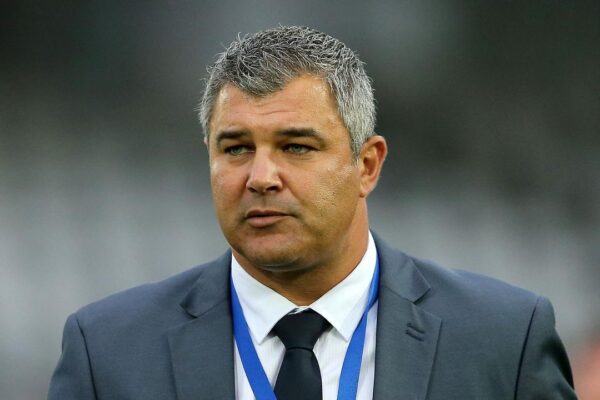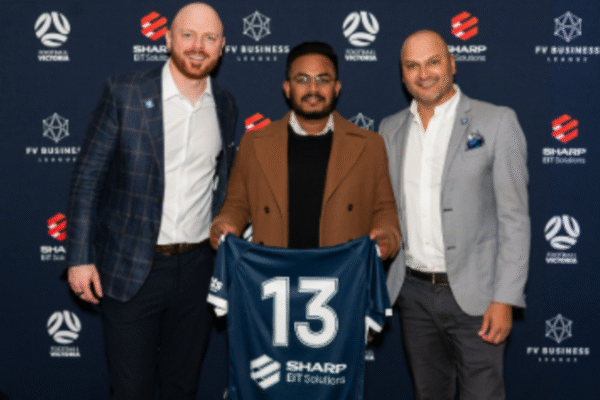
Image Credit: Soccerscene
This month, the Global Institute of Sport (GIS) held an industry masterclass with guest speakers discussing the future of development in women’s sport.
The masterclass panel had two key speakers:
- Chantella Perera, General Manager of Sport at KOJO.
- Yael Reed, a sports marketing consultant who has worked with Newcastle Jets, Football Australia and Netball NSW.
These two industry experts, representing different areas of the women’s sporting world, delved into answering the event’s important goal of growth and sponsorship in women’s sport.
The role that media and commercial partners have in elevating women’s sport was a key point. Discussion was centred around the importance of encouraging broadcasters to invest in women’s sport directly and not just through male sport avenues.
Yael Reed spoke about the importance of media revenue being invested into women’s sports.
“Media partners with broadcast and commercial revenue is ultimately what is invested in the sport, and you need to invest to grow,” she said.
“Broadcast and commercial revenue also contributes to paying the players
“Media and coverage revenue is what is invested into the sport and their support is needed to help sports to grow, but also to benefit from, Women’s sport is no longer the steak knives.”
Chantella Perera, a former professional sportsperson and with KOJO a big leader in women’s sports events, outlined the position of women’s sports:
“From grassroots we see more equity with facilities and infrastructure for girls now. From my field in the event world lens, the investment from clubs and leagues is improving year on year. The disparity is still huge,” Perera said.
“There must be money invested to grow it. Yes, it is changing—a lot more females can do it as a job.
“But I feel we are still talking a lot but not doing a lot. People can make action, and it doesn’t have to be huge actions. Making those small steps towards that change is where we move forward.
“The Matildas’ success at the 2023 FIFA Women’s World Cup has sparked a rise in interest towards women’s football in the country.”
Perera, however, commented on the slow impact it has produced:
“It did have an impact with the eyes and traction, but we are still waiting for the influx of cash,”
“I’d challenge the effect and ask: two years on, have we seen enough from it? I just want to see if we can get more from it.”
A key point regarding investing in women’s sport and central to the discussion was how to invest in the differences between men’s and women’s sport.
Reed expressed her key ways in which this step can be tackled:
“It’s important for brands to consider Who they are trying to connect with? The benefit of women’s sport is it’s fresh and new (compared to men’s sport). There’s a lot to be unexpected. There are amazing people playing the sport and their story needs to be told,”
“I think when you can connect with athletes, with clubs, and harness that promotion and opportunity that’s there with women’s sport.
“The opportunity in women’s sport is to expect the unexpected.” Reed highlighted.
The important question of brand alignment became central to the discussion, with the equation for branding being relevance multiplied by emotion equals impact.
To harness the sponsor’s relevance to the team and the sport, harnessing that emotion and being relevant to the fans and showing up for them and having an impact promotes any brand.
An example presented by Reed was the Suzuki partnership with the Swifts:
“By putting players in their content and in the car the swift has been really positive,”
“The business case is there. We now have a greater asset in women’s sport to take your brands to the next level
“To have a women’s demographic is such a good asset for business branding.”
Women’s sport has faced challenges in gaining support and funding to expand and delve into the ever-growing popularity of the women’s game.
Sponsorships and businesses trying to grow their portfolio and market shouldn’t underestimate the power that women’s sport and football have.
It is unique and it is unexpected, as was discussed centrally in this masterclass.
The ways to grow women’s sport are there, and the benefits are evident. Sponsors need to take the necessary step and will undoubtedly reap the rewards if they do so.





















